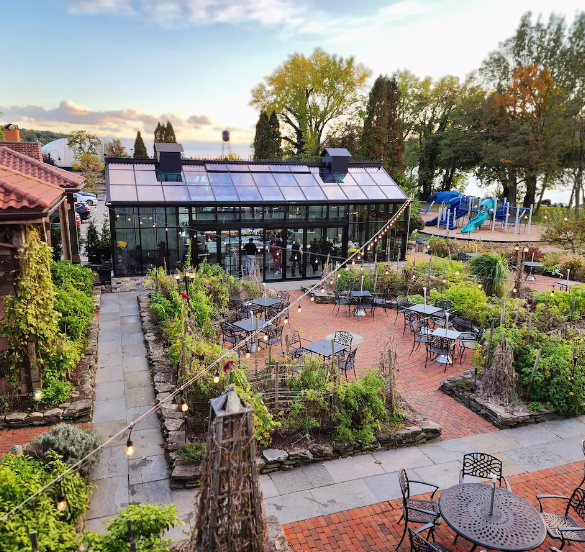Why the Rivertowns?
Westchester is bordered on the west by the Hudson River, and nestled along the river are many of the county’s most idyllic towns, villages and cities, all easily accessible by Metro-North Railroad.

The Hudson River area has experienced a revival; as former industrial spaces have been converted to mixed residential, commercial, retail and recreational uses that still retain the region’s historic characteristics.
Twelve municipalities make up the Hudson River Valley community and they are each have their own unique personality:
- Peekskill
- Cortlandt (Buchanan, Croton-on-Hudson, Crugers, Montrose and Verplanck)
- Village of Ossining
- Briarcliff Manor
- Sleepy Hollow
- Tarrytown
- Irvington
- Dobbs Ferry
- Hastings-on-Hudson
Cortlandt:
Cortlandt includes two incorporated villages, Croton-on-Hudson and Buchanan and several hamlets including Montrose, Crugers and Verplanck. The Hudson River, the New York City Watershed Lands, numerous wooded hills and steep slopes, wetland areas and streams define the rural character of the Town.
Given the distance, this price points here are generally lower than the price points you’ll find in south county although there are numerous luxury estates and architectural masterpieces peppered into the landscape.
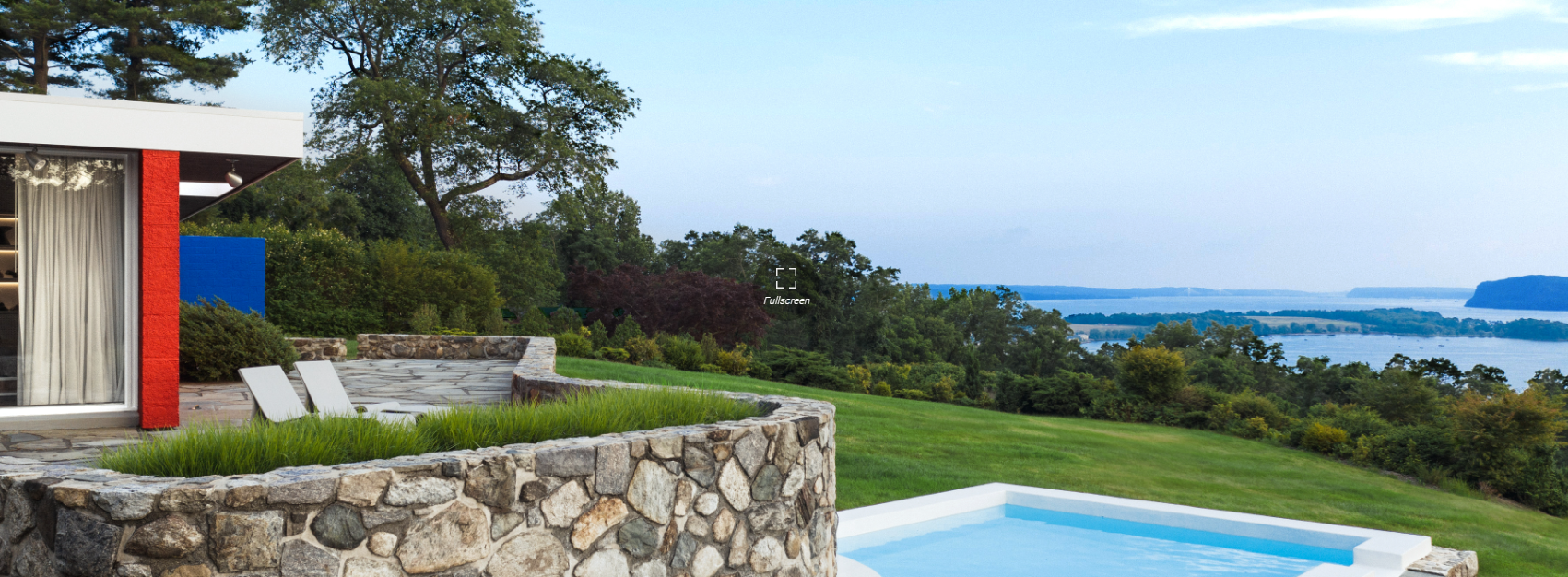
Croton-on-Hudson
The vibrant village of Croton-On-Hudson, with its suburban atmosphere and wealth of restaurants and recreation, is great place to live in New York.
Located in the town of Cortlandt in Westchester County, Croton-on-Hudson is home to approximately 8,100 residents who enjoy the ease of living and natural beauty of the area, which comprises 10.8 square miles. Situated on the scenic Hudson River, the village boasts a plethora of parks, recreation and reservoir areas, transportation options, eateries and popular annual cultural events for all ages and interests.
At the heart of the community is the 508-acre Croton Point Park, situated on a large peninsula in the Tappan Zee segment of the Hudson River. Attractions include a boat launch, beach, pavilions, playground, swimming area and tent and RV camping. Residents and visitors enjoy walking its trails, cross-country skiing, fishing, picnicking and visiting the on-site museum. History buffs are drawn to the park’s historic sites, including a set of wine cellars that once belonged in a local manor house.
The village is known for its highly-anticipated annual events including the Great Hudson River Revival, a popular environmental-themed festival held at Croton Point Park featuring folk music and art. Croton-on-event at the historic Van Cortlandt Manor on weekends in October featuring thousands of carved pumpkins.
Commuters enjoy the convenience of the Croton-Harmon Train Station located in Veterans Plaza. The village, situated about an hour’s drive from New York City, is a stop for several Amtrak routes, as well as the MTA’s Metro-North Hudson Line Service. Croton-on-Hudson is served by U.S. Route 9, NY Route 9A and N.Y. Route 129.
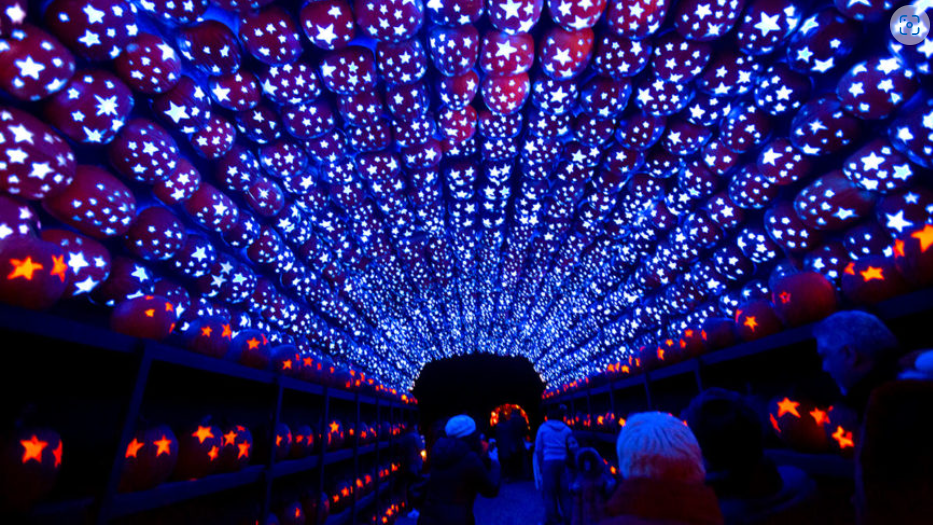
Briarcliff Manor:
The village of Briarcliff Manor encompasses about 7,700 residents. This Westchester County community along the Hudson River is home to both humble and regal residences, from renovated and expanded farm workers’ cottages to expansive, gracious mansions overlooking the Hudson. Its vibrant town hub comprises a senior center, Village Hall, post office, emergency services and more than a dozen retail shops and eateries. For those seeking recreation, there are myriad opportunities for golf, fishing, tennis, walking, bike riding and more at local parks, golf and country clubs, the North Country Trailway and the Old Croton Aqueduct.
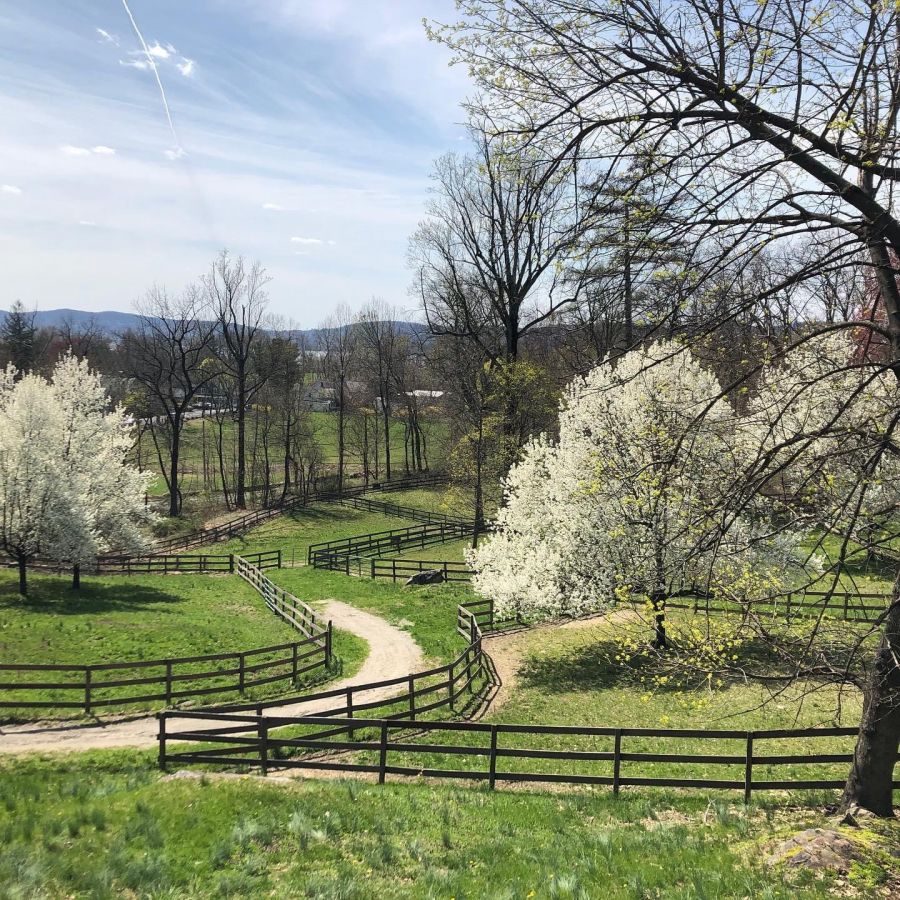
Sleepy Hollow & Tarrytown
While Sleepy Hollow and Tarrytown are two separate villages, they share a school district.
Tarrytown is part of the town of Greenburgh, and covers an area of about 5.7 square miles – including 3 square miles of land and 2.7 square miles of water. Tarrytown, the setting for author Washington Irving’s story “The Legend of Sleepy Hollow,” has myriad points of interest in terms of arts and culture, history and recreation. The circa-1885 Tarrytown Music Hall on Main Street is a place of pride for residents. The historic, 843-seat music hall, which has attracted as its patrons the Rockefellers, Vanderbilts and Goulds, had a sweet beginning: it was built by chocolate manufacturer William Wallace. Other points of interest include the scenic Tarrytown Reservoir, Washington Irving’s historic home, known as Sunnyside, and Lyndhurst, the expansive, Gothic Revival mansion formerly owned by American railroad builder and financier Jay Gould. Tarrytown offers a 40-minute commute by train into Manhattan.
The quiet Hudson River village of Sleepy Hollow, with its prime waterfront location, has been immortalized in author Washington Irving’s classic tale, “The Legend of Sleepy Hollow.”
But beyond the village’s famous heritage, it stands today as a diverse and vibrant community of about 10,000 residents. With roots as an agricultural district, and later as a manufacturing center, this bucolic community has managed to preserve much of its natural beauty. For decades, Sleepy Hollow has drawn the affluent to its borders, lured by the village’s deeply rooted history, bucolic way of life and close proximity to Manhattan. Many of the village’s wealthy residents built magnificent mansions in the area, several of which are open to the public, including Kykuit, a six-story stone estate with Hudson River views that was home to four generations of the Rockefeller family. Sleepy Hollow’s waterfront location also makes it a haven for trout fishing and boating. Miles of scenic trails and paths lend themselves to horseback riding, biking and walking amid nature.
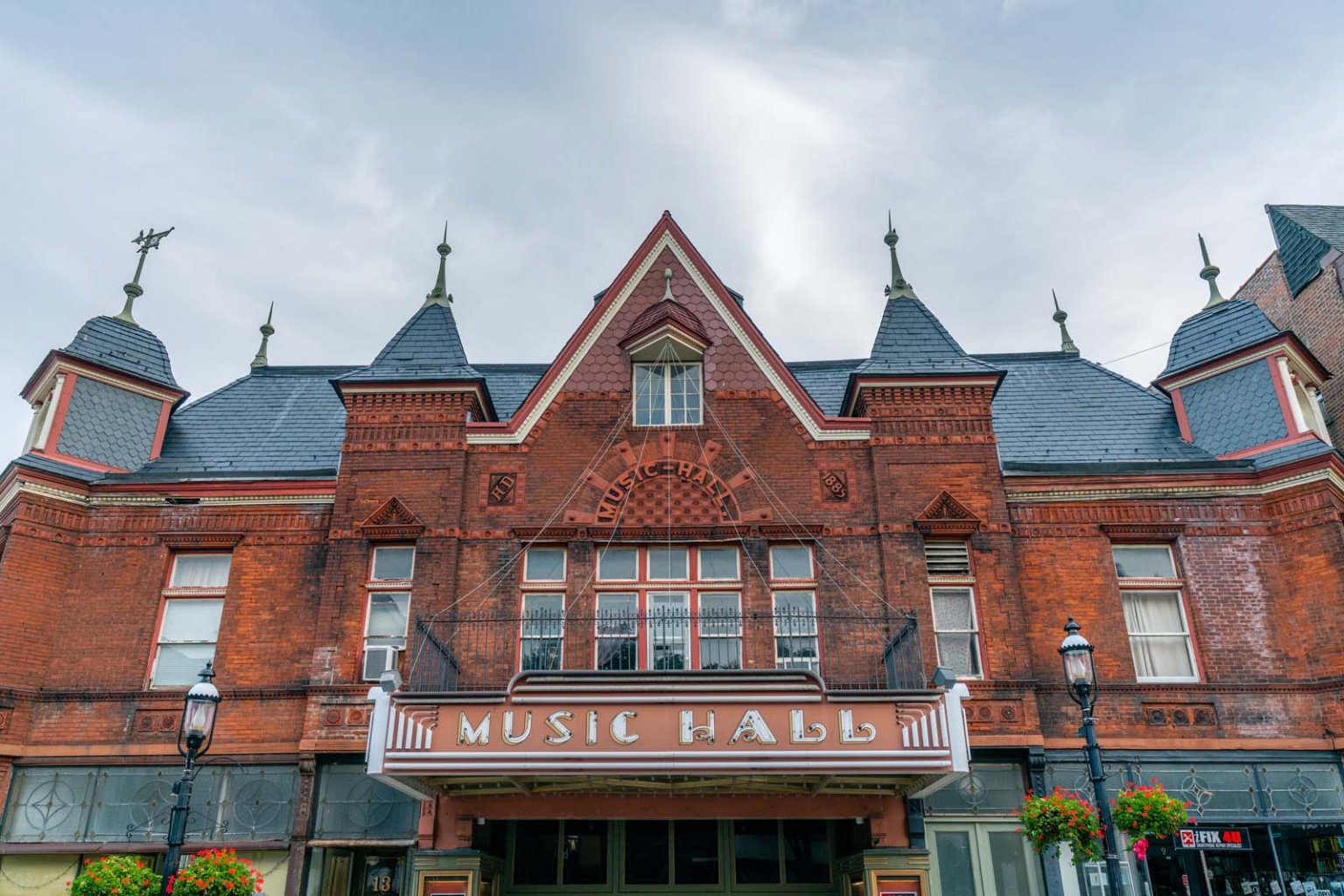
Irvington
Irvington is a quaint suburban community of about 6,500 residents. Irvington, which has also been referred to as Irving-on-Hudson, has Tarrytown as its neighbor to the north and Dobbs Ferry as its neighbor to the south. A significant portion of the village’s land remains undeveloped and is devoted to parks and recreation for the enjoyment of residents and visitors. Irvington’s historic Main Street, and its architecturally significant buildings, monuments and residences, make this charming village a unique place to reside.
Dobbs Ferry
The historic Westchester County village of Dobbs Ferry is home to 19th-century buildings, an active community, close-knit neighborhoods, and myriad shops and restaurants.
The community’s location along the Hudson makes Dobbs Ferry the perfect spot for biking and walking along its scenic riverfront. Residents enjoy the area’s numerous parks including a nature preserve and two linear parks. Summer in Dobbs Ferry is filled with activities for everyone, from music concerts, fireworks and parades to sporting events and other town-wide celebrations. The village is located about 38 minutes from New York City via Metro-North railroad, and many commuters take advantage of public transit, walking and bicycling.
Hastings-on-Hudson
The village of Hastings-on-Hudson, comprising just under 3 square miles, is a hilly area occupying the southwestern portion of the town of Greenburgh.
This New York City suburb is known for its iconic water tower, a historical landmark, and for its stunning views of the Palisades and Manhattan. Students living in Hastings-on-Hudson attend school in the Hastings School District. Its elementary, middle and high schools all have been selected as National Blue Ribbon Award recipients.
There are numerous local attractions and recreational areas within the village. A community swimming pool in the summer provides a cool respite for residents, while an outdoor ice rink delights skaters at Sugar Pond during the winter months. Numerous playing fields and hiking, biking and walking trails are located throughout two linear parks and the popular Hillside Woods area. The village’s bustling downtown area boasts numerous retail shops and eateries, and a seasonal farmers market is a popular attraction for residents during the growing season.
